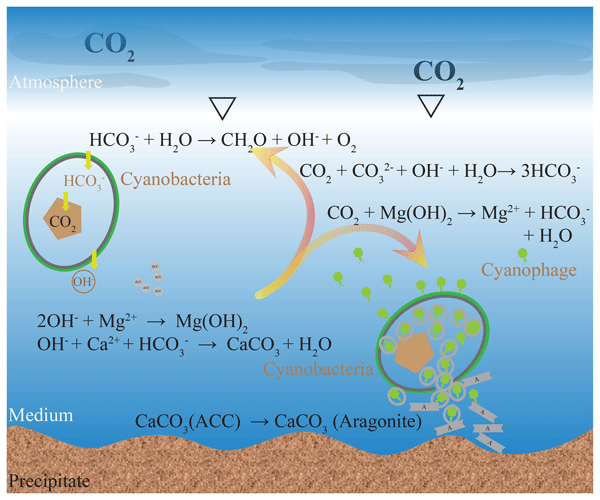
Authors
Giuseppina La Rosa, Lucia Bonadonna, Luca Lucentini, Sebastien Kenmoe, Elisabetta Suffredini
Coronaviruses (CoV) are a large family of viruses causing a spectrum of disease ranging from the common cold to more severe diseases as Middle East Respiratory Syndrome (MERS-CoV) and Severe Acute Respiratory Syndrome (SARS-CoV). The recent outbreak of coronavirus disease 2019 (COVID-19) has become a public health emergency worldwide. SARS-CoV-2, the virus responsible for COVID-19, is spread by human-to-human transmission via droplets or direct contact. However, since SARS-CoV-2 (as well as other coronaviruses) has been found in the fecal samples and anal swabs of some patients, the possibility of fecal-oral (including waterborne) transmission need to be investigated and clarified.
This scoping review was conducted to summarize research data on CoV in water environments. A literature survey was conducted using the electronic databases PubMed, EMBASE, and Web Science Core Collection. This comprehensive research yielded more than 3000 records, but only 12 met the criteria and were included and discussed in this review.
In detail, the review captured relevant studies investigating three main areas: 1) CoV persistence/survival in waters; 2) CoV occurrence in water environments; 3) methods for recovery of CoV from waters.
The data available suggest that: i) CoV seems to have a low stability in the environment and is very sensitive to oxidants, like chlorine; ii) CoV appears to be inactivated significantly faster in water than non-enveloped human enteric viruses with known waterborne transmission; iii) temperature is an important factor influencing viral survival (the titer of infectious virus declines more rapidly at 23°C–25 °C than at 4 °C); iv) there is no current evidence that human coronaviruses are present in surface or ground waters or are transmitted through contaminated drinking-water; v) further research is needed to adapt to enveloped viruses the methods commonly used for sampling and concentration of enteric, non enveloped viruses from water environments.
The evidence-based knowledge reported in this paper is useful to support risk analysis processes within the drinking and wastewater chain (i.e., water and sanitation safety planning) to protect human health from exposure to coronavirus through water.









